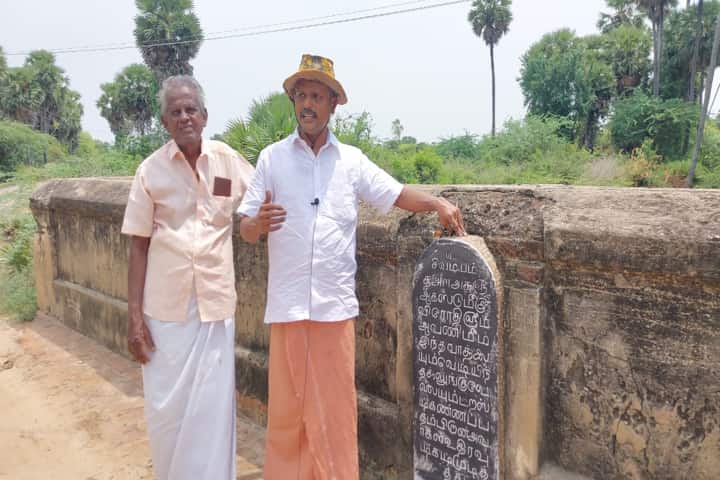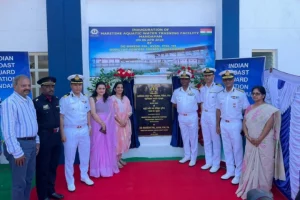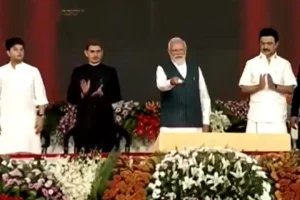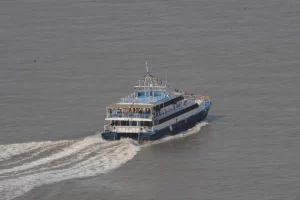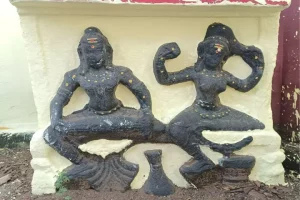Engravings in stone, rock and wood provide valuable information about the people and the period to which they belong. One such was recently studied by a team of Pudukottai Archaeological Research Forum in Tamil Nadu that brought to light civil works undertaken by religious institutions.
Based on information received from Gnanasivam about the existence of an old bridge in Pudukkottai district’s Kulathur Kudiyiruppu village, PARF’s founder A. Manikandan and president, Rajendran visited the area to study it. On close investigation they found an inscription on the bridge which they copied.
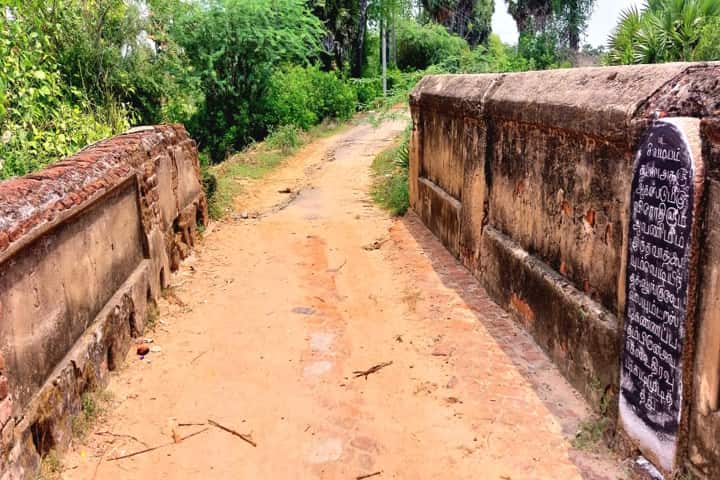
Talking to India Narrative about what the inscription said, Manikandan disclosed: “The bridge was built under the instruction of Kannappa Thambiran, who was then the trustee of Thirupperunthurai which in that period was under the control of Thiruvavaduthurai Atheenam.”
He told IN that Thirupperunthurai, a historical place was been administered by Ambalavana Desikar, a pontiff and spiritual leader of Thiruvavaduthurai Atheenam – a Shaivite mutt founded during the 16th Century to spread the ideology of Saiva Siddhantham – and it was under his order in August 1889 the construction of a small channel to bring water to the people for farming and other purposes was started.
“The whole project was supervised by Kannappa Dhampiran, an administrator and trustee of the Mutt and under his guidance a bridge was constructed which enabled villagers of Kulathukudiripu to go to Tirupperundurai while also allowing controlling the flow of water by using a special system. The construction is made entirely of black sone, brick and lime,” Manikandan remarked.
The inscription placed on the bridge is about three-and-a-half feet high and one-and-a-half feet wide slab stone on which 14 lines are written.
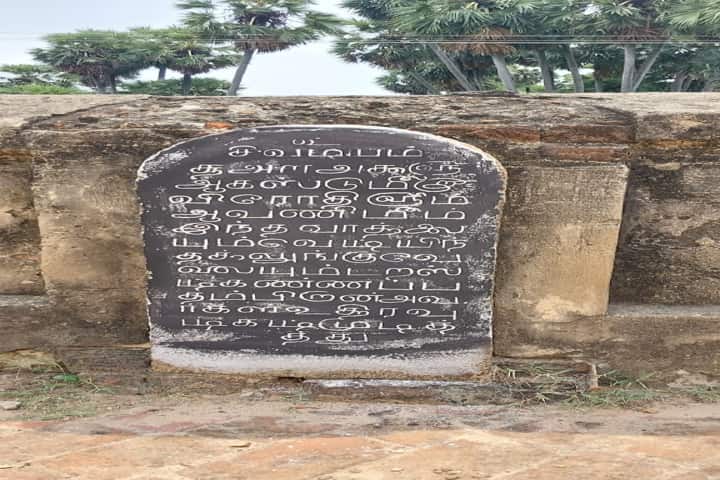
The team also found that Dhampiran had supervised other construction works too. “In 1887 he constructed Kolu Mandapam in the Mutt using teak wood given by zamindars of Setur and Sivagiri,” Manikandan said.
The inscription brings to light the activities of the Mutt which besides spiritual work also undertook charitable work, Manikandan observed.
The PARF team was assisted by N. Ramesh Kumar in conducting their study.






